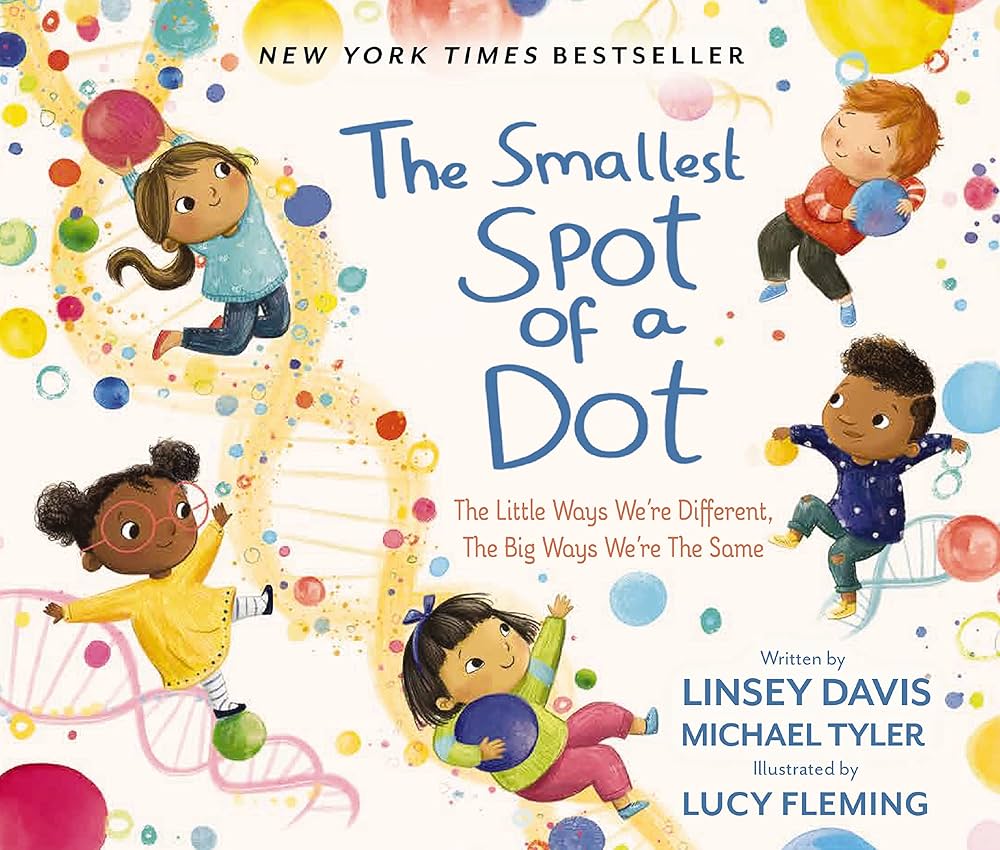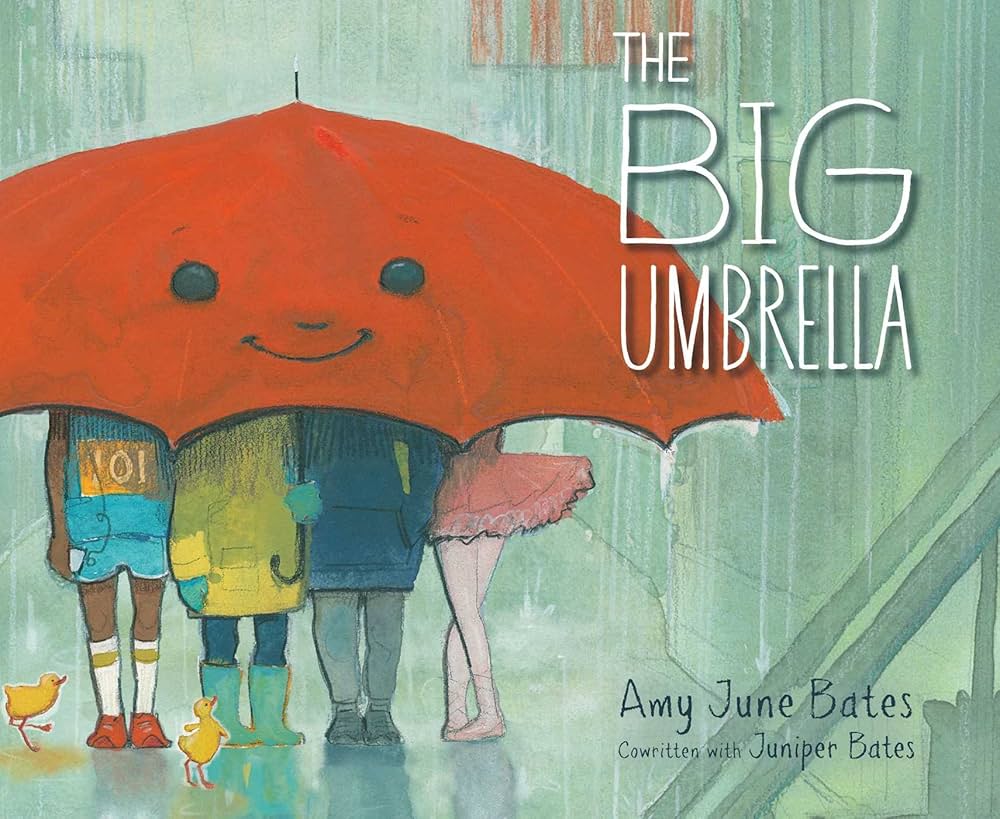The Smallest Spot of a Dot 3rd (Music)

Art Form: Music
Supplies Needed
The Smallest Spot of a Dot book
Optional: Various sound makers (pots, pans, box, spoons, etc.)
Vocabulary
Dynamics - Loudness or softness of sounds
Rhythm - Short and long sounds
Steady beat - Consistent pulse; “heartbeat” of music
Tempo - Speed of the beat
Soundscape - Using sounds to represent actions, ideas, feelings, or objects in a story; telling a story through sound
Pitch - Highness or lowness of sound
Instructions
1. Read the book and look for words or pictures that make you think of sounds (for example, rain falling, splashing in puddles, eating, floating in space).
2. Use your voice, body or materials around you to create each sound (for example, snapping to illustrate a gentle rain falling).
3. As you make your sounds, ask these questions:
- Will the sounds be high or low? (Pitch)
- Will the sounds be loud or soft? (Dynamics)
- Will the sounds be fast or slow? (Tempo)
- Will the sounds be long or short? (Rhythm)
- Will any sound have a steady beat?
4. Read the story again adding your sounds to make a soundscape.
5. Experiment with different sounds. How does changing the tempo, dynamics, and pitch change your sounds?
Extensions
Find materials around you to use as instruments (paper plates, empty paper towel rolls, pencils, empty cans, rice, beans, etc.).
Read the story for someone new. Don’t tell them what pictures or words you are illustrating are and have them guess!
Compare and contrast two sounds in the story. How are they alike? How are they different?

About
The REimagining and Accelerating Literacy through Arts Integration (REALAI) grant supports the literacy achievement of 3,200 students and 170 teachers, media specialists, and literacy coaches across six schools in Georgia and South Carolina.
In addition to professional learning for educators, this project contributes significantly to school library collections through the purchase of developmentally appropriate and culturally relevant books.
This grant also includes parent events to provide families with access to books and other content about how to support their child’s reading development.




